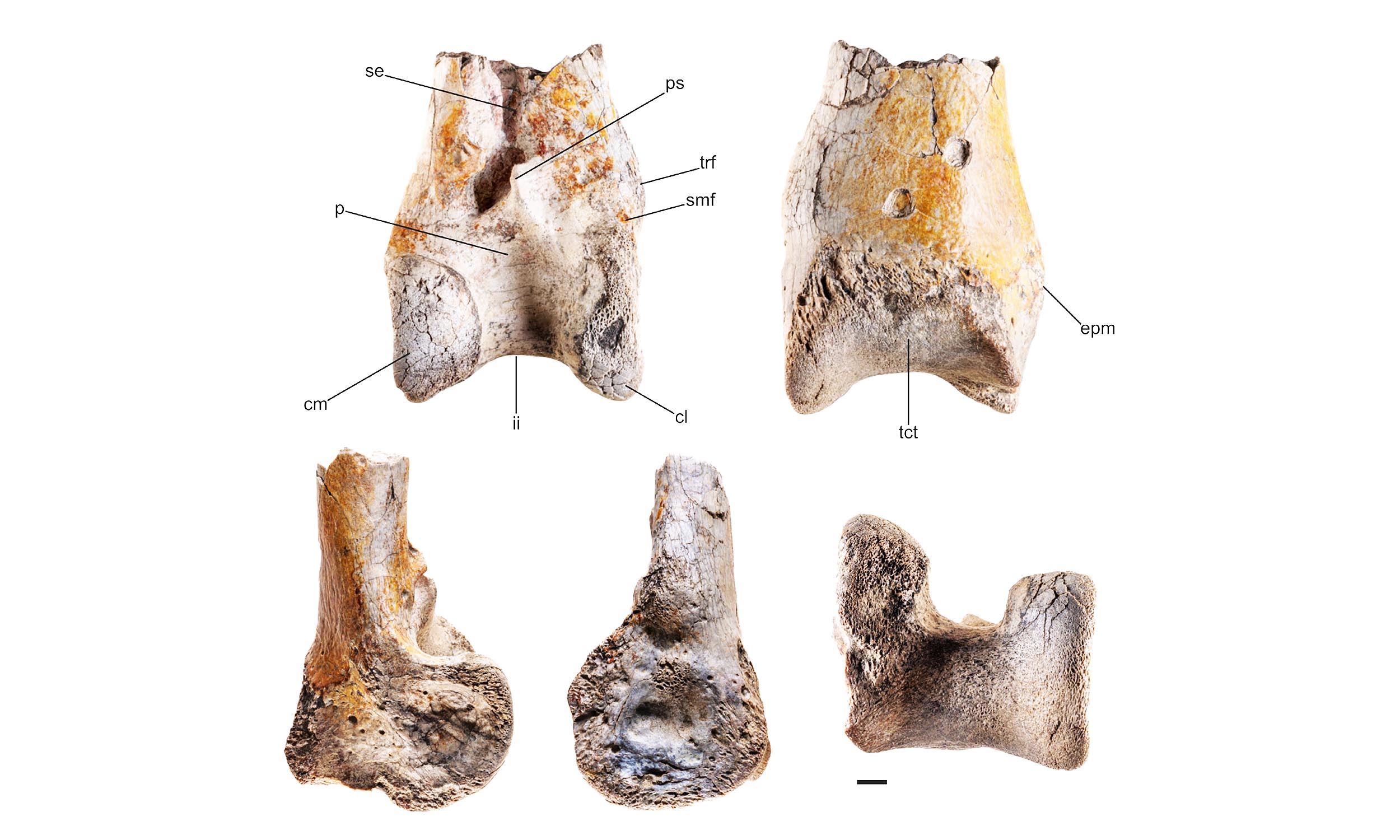In a groundbreaking study, scientists from the Institute of Oceanology of the Chinese Academy of Sciences (IOCAS) have uncovered a massive hydrogen-producing hydrothermal system beneath the western Pacific seafloor. This discovery, published in Science Advances on August 8, 2025, provides new insight into a rare and powerful process occurring far beneath the Earth’s surface. The study sheds light on the Kunlun hydrothermal field, a tectonically active area located 80 kilometers west of the Mussau Trench. The research challenges traditional views about hydrogen generation, opening new avenues for understanding deep-sea ecosystems and Earth’s early chemical processes. The team’s findings suggest that serpentinization, a process in which certain minerals react with water to release hydrogen, occurs in a manner never before seen in deep-sea environments.
The Kunlun Hydrothermal Field: A Geologically Unique Discovery
The Kunlun hydrothermal field is located on the Caroline Plate and stands out as one of the most significant discoveries in recent years for several reasons. The field is composed of 20 large seafloor depressions, some of which are over a kilometer in diameter, arranged like a “pipe swarm”—vertical or steeply inclined structures that act as conduits for gases and liquids from the Earth’s interior. This geological setup is distinctive not only for its scale but also for the high concentration of hydrogen-rich fluids it produces. In fact, “The Kunlun system stands out for its exceptionally high hydrogen flux, scale, and unique geological setting,” said Prof. Sun Weidong, the study’s corresponding author. The sheer magnitude of hydrogen emissions observed here challenges the conventional understanding of where and how serpentinization-driven hydrogen generation occurs, particularly because this process was previously thought to be confined to mid-ocean ridges.


Hydrogen Emissions: A Surprising Source of Energy in the Deep Sea
Hydrogen-rich fluids are considered an important energy source in deep-sea ecosystems, especially for organisms that rely on chemosynthesis rather than photosynthesis. The Kunlun system’s hydrogen emissions are especially intriguing due to their high output, estimated to be at 4.8 × 10¹¹ mol/year. This massive flux represents at least 5% of the global hydrogen output from all submarine sources—a notable contribution for a single hydrothermal system. These hydrogen emissions could have significant implications for both ecological studies and the search for sustainable energy resources. While the hydrothermal fluids at Kunlun are only moderately warm—less than 40°C—geochemical markers suggest much higher subsurface temperatures, which may be sufficient to drive intense fluid-rock interactions deep beneath the seafloor, leading to the formation of minerals such as dolomite.
Deep-Sea Life: A New Ecosystem Thriving on Hydrogen
One of the most fascinating aspects of the Kunlun hydrothermal system is its ecological potential. During the exploration of the site using the advanced submersible Fendouzhe, the research team observed a variety of deep-sea life forms, including shrimp, squat lobsters, anemones, and tubeworms. These organisms thrive in an environment where hydrogen is abundant and may rely on hydrogen-fueled chemosynthesis to survive. “What’s particularly intriguing is its ecological potential,” Prof. Sun remarked, highlighting how these species may have adapted to a lifestyle dependent on the energy produced by serpentinization. This discovery provides a natural laboratory to study life forms that thrive in extreme environments, offering clues to how early Earth’s ecosystems may have functioned when life was still in its nascent stages.
Serpentinization and Its Role in Earth’s Early Chemistry
The concept of serpentinization—the reaction between iron- and magnesium-rich rocks and water that produces hydrogen—has long been studied in the context of Earth’s geological processes. However, the discovery of a large, hydrogen-rich hydrothermal system far from the mid-ocean ridges suggests that this process may be more widespread and diverse than previously thought. The Kunlun system challenges long-held assumptions about the geographic locations where serpentinization can occur. It also raises intriguing questions about the potential role of hydrogen in the emergence of life on Earth. Alkaline, hydrogen-rich environments such as Kunlun may provide a chemical mirror of early Earth’s conditions, offering a new framework for understanding how life may have begun in the deep oceans billions of years ago.
New Insights into the Earth’s Internal Processes
The Kunlun hydrothermal field not only sheds light on the geological processes deep within the Earth but also opens up possibilities for identifying new submarine hydrogen resources. As the study points out, the region’s unique combination of geological features, including steep-walled craters resembling kimberlite pipes and explosive breccia deposits, suggests that the hydrothermal system has evolved through multiple stages, with gas-driven eruptions occurring first, followed by prolonged hydrothermal circulation and mineral deposition. This staged evolution offers valuable insights into the complex dynamics of hydrothermal systems and the ways in which they contribute to Earth’s internal processes.
Implications for Sustainable Energy and Hydrogen Resources
The findings from the Kunlun hydrothermal system have significant implications for future research into renewable energy sources. As global interest in clean energy solutions increases, the study suggests that hydrogen-rich submarine environments could become an important source of hydrogen for energy production. If similar systems can be located and studied in greater detail, they may hold the key to tapping into vast, untapped hydrogen resources beneath the ocean floor. Moreover, understanding the conditions under which hydrogen is produced in such environments could inform new technologies for extracting and utilizing this energy in sustainable ways.
Source link


